Photography courtesy of Lowell Washburn, all rights reserved.
Iowa’s 16-day special teal season is one of the favorite events on my annual outdoor calendar. For me, the September 1st teal opener marks the literal kickoff for the fall hunting seasons. Some of the features that make teal season “special” is that, during most years, there is lots of water supporting lots of ducks which equates into providing a peak number of waterfowl enthusiasts with ample opportunities to bag – or at least attempt to bag — blue-winged teal; an abundant and popular duck species that has largely passed through the state by the time regular duck seasons commence later in the fall.
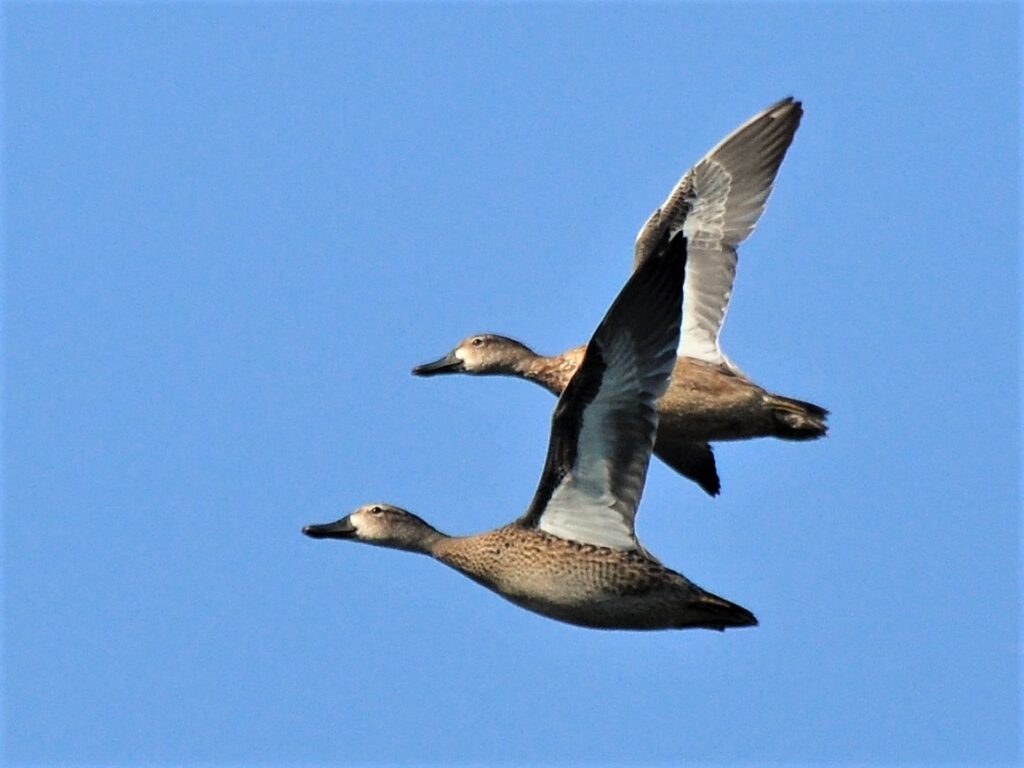
Although enthusiasm for the teal season has traditionally run high, the prospects for this year’s opener were somewhat dubious. As searing drought conditions have continued to suck moisture from state wetlands, preseason buildups of teal have been lackluster at best. On prairie marshlands where bird numbers are usually substantial, teal populations have ranged from slim to none. Paying regular visits to seven of my favorite teal hotspots, I watched in agony as deteriorating habitat conditions went from bad to worse. With less than a week remaining until last Friday’s opener, five of those wetlands had gone completely dry. The two potholes that still contained a bit of water were shrinking rapidly. Equally discouraging was the fact that those two ponds were only holding a combined count of less than 20 teal.
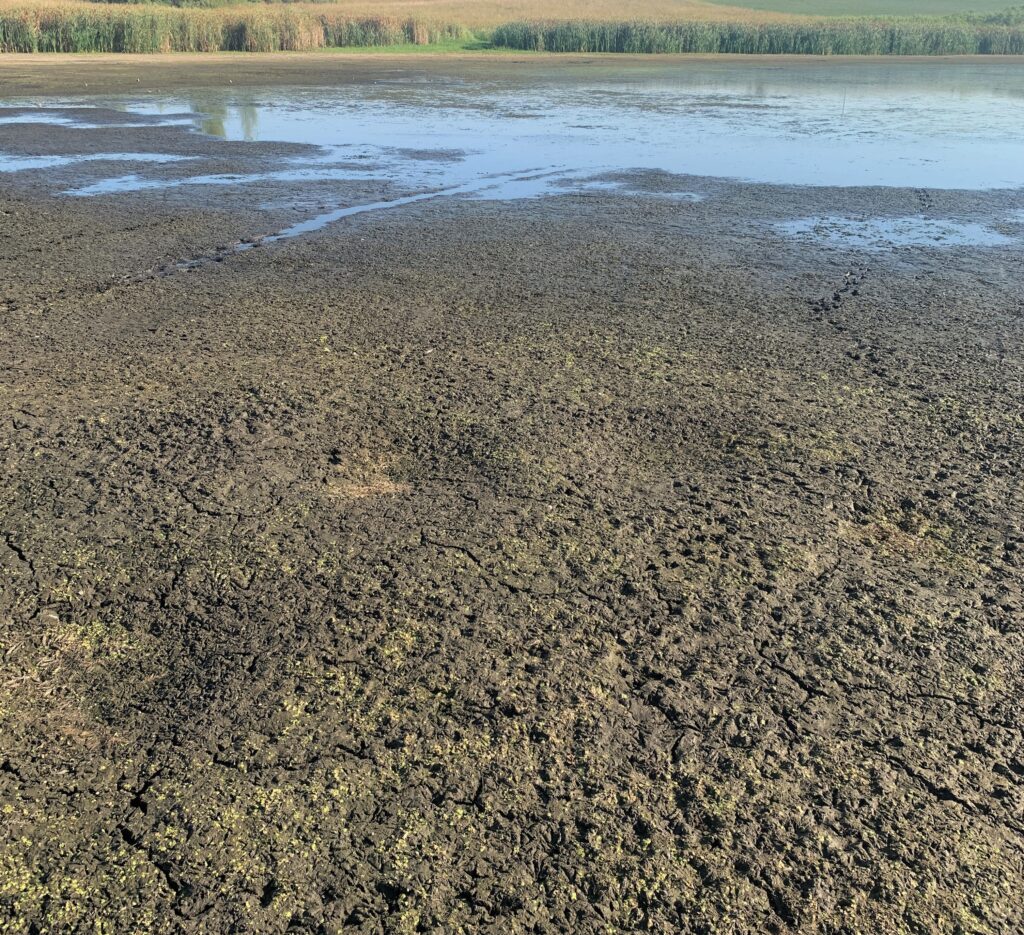
But when it comes to dealing with migratory birdlife, the situation can change in a big hurry. And whether it’s for better or for worse, teal do have a way of surprising a guy, which is exactly what happened on the night of Wednesday, August 30th. In this case, the surprise was for the better. With a brilliant full moon, clear skies and light winds, thousands of blue-winged teal apparently decided to relocate from wherever they were and to head for Iowa. By the time the sun rose above the horizon on Thursday morning, state marshlands had come alive with newly arriving flocks of teal. Driving to the two ponds still holding water, I was delighted to discover that, with less than 24 hours remaining until the season’s opener, the duck count had soared from less than a couple of dozen birds to more than 150 beautiful blue-wing teal on each pothole. It was a dream come true. In a matter of hours, my duck hunting forecast had gone from the lowest valley to the highest peak.
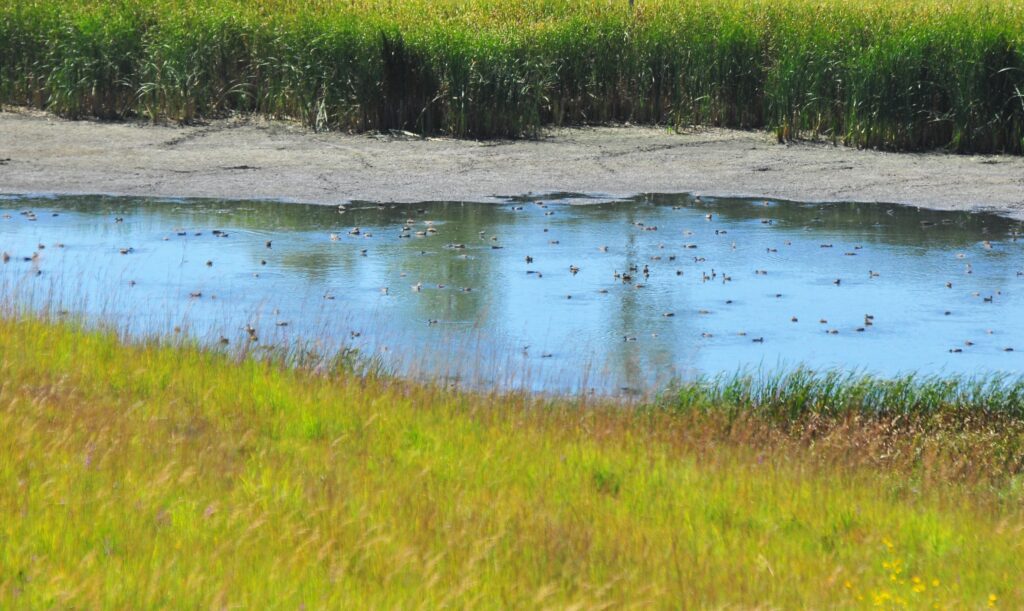
But did I mention that, for better or for worse, teal do have a way of surprising a guy? Well, once again, the teal did indeed have a dramatic surprise in mind. This time, however, the surprise was for the worse. It was, in fact, a duck hunter’s nightmare.
When the sun set and that big full moon once again rose into the night sky, those thousands of newly arrived teal – following just one day of food and rest – decided it was time to resume their migration. Next stop Arkansas?
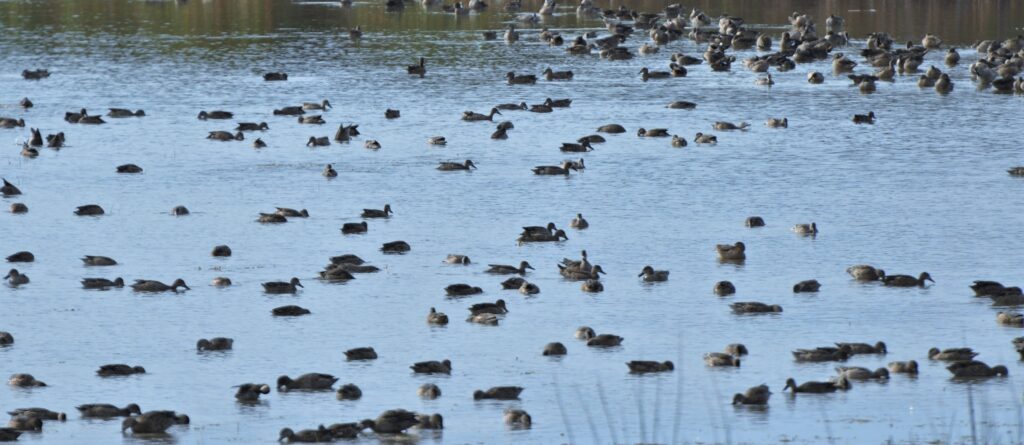
Of course, no one knew that the teal were staging a nighttime mass exodus – That is until legal sunrise shooting time arrived on Friday. As the season opened, there was but a scant fraction of the ducks that had dotted the landscape the day before. Once again, the blue-wing had lived up to its famous credo — “Here today – Gone Tomorrow.”
But the situation was not quite as bleak as it sounds – It was just dialed back from what everyone was hoping for. Instead of the anticipated nonstop bombardment of multiple big flocks pouring into the decoys, most Opening Day hunters, me included, had to settle instead for singles, pairs, and small groups. Although teal numbers were dramatically reduced from the previous day, there were still enough ducks in the air to keep things interesting. Beyond a hilltop to the north, I could hear frequent gunfire coming from the party of hunters sitting beside a narrow oval-shaped pothole. On my little piece of water, there were enough teal coming to the decoys that I was able to collect my six-duck limit within the first 12 minutes of legal shooting time. Any way you slice it, that’s a good day in the marsh.
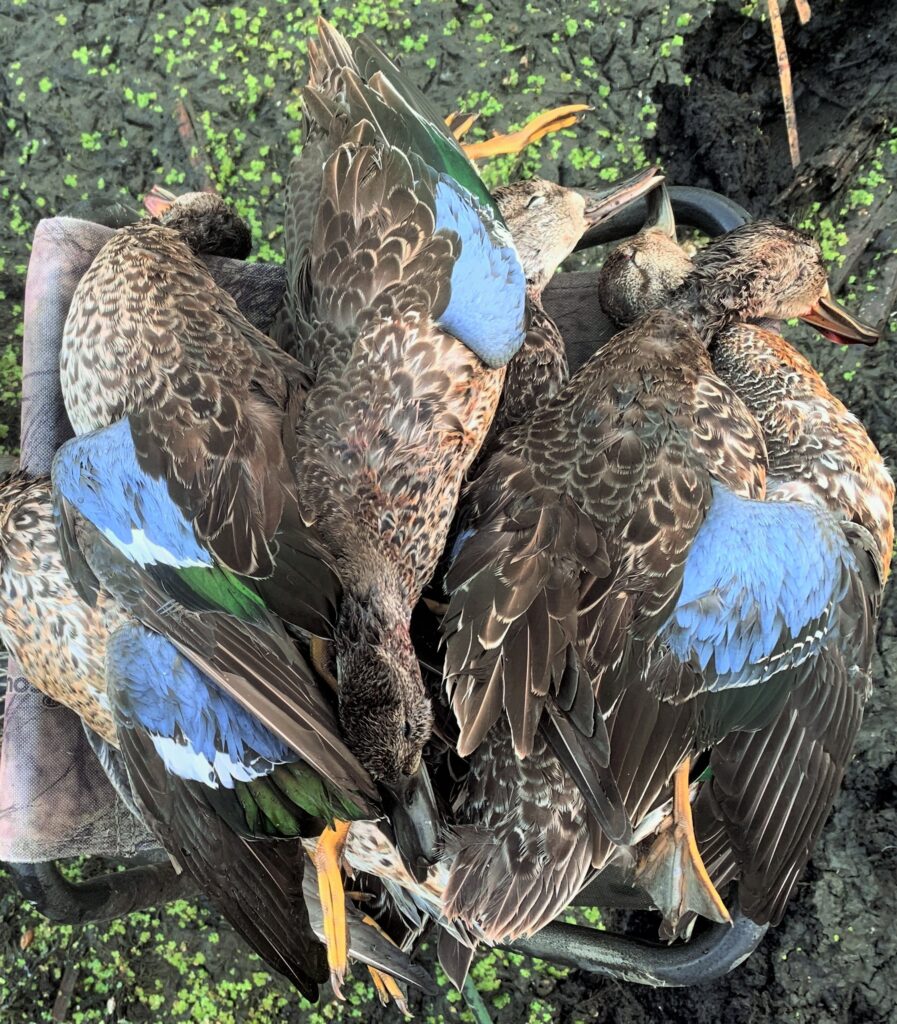
After retrieving my birds, I returned to my cattail hide and fiddled with the duck call while a few more teal trickled into the decoys. Although the morning teal flight was coming to an end, there was plenty of other marsh life to observe and enjoy. Besides blue-wings, the rapidly growing list of watchable wildlife included herons, a sandhill crane, dragonflies, seven species of shorebirds, Canada geese, rails, marsh wrens, and mallard ducks. Drought or no drought, it’s hard to complain about a morning like that.
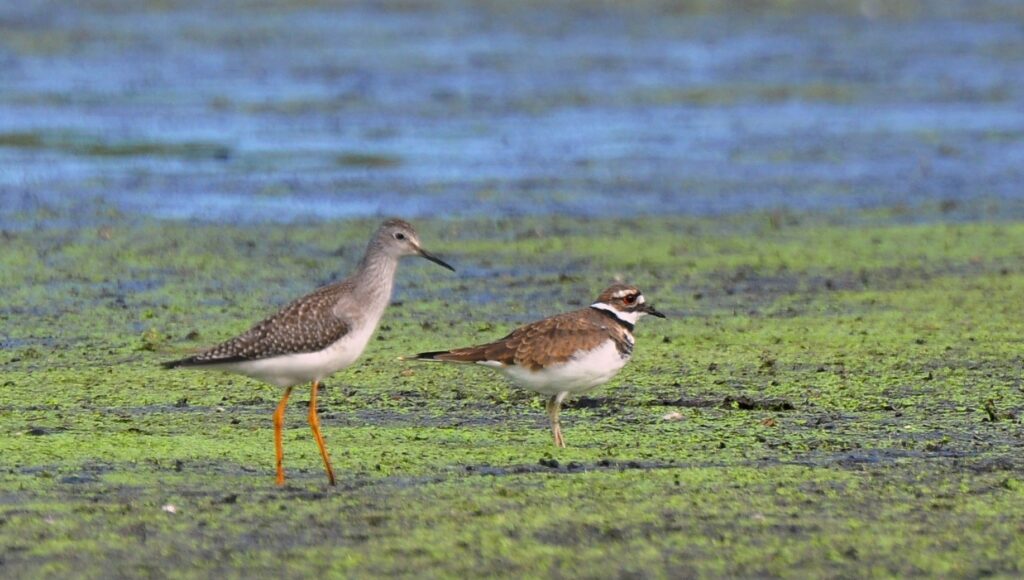

 Tom Cope
Tom Cope Sue Wilkinson
Sue Wilkinson Susan Judkins Josten
Susan Judkins Josten Rudi Roeslein
Rudi Roeslein Elyssa McFarland
Elyssa McFarland Mark Langgin
Mark Langgin Adam Janke
Adam Janke Joe Henry
Joe Henry Kristin Ashenbrenner
Kristin Ashenbrenner Joe Wilkinson
Joe Wilkinson Dr. Tammy Mildenstein
Dr. Tammy Mildenstein Sean McMahon
Sean McMahon